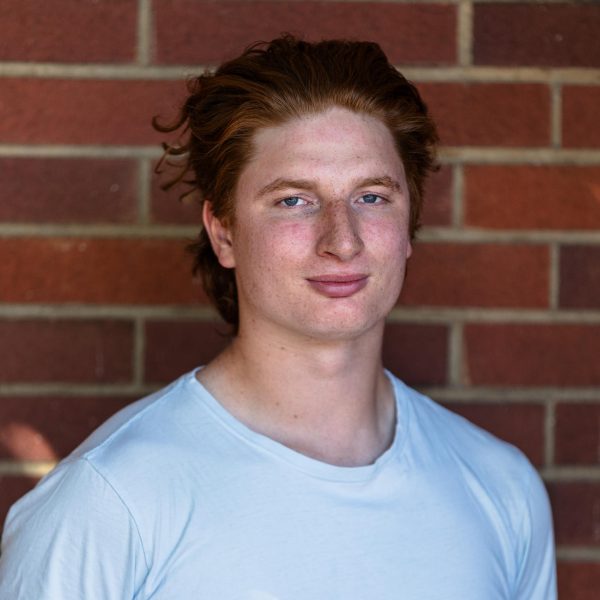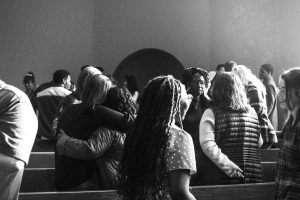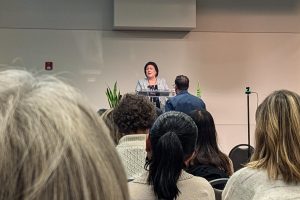The making of Interbay
The story of Seattle Pacific’s soccer stadium
October 25, 2022
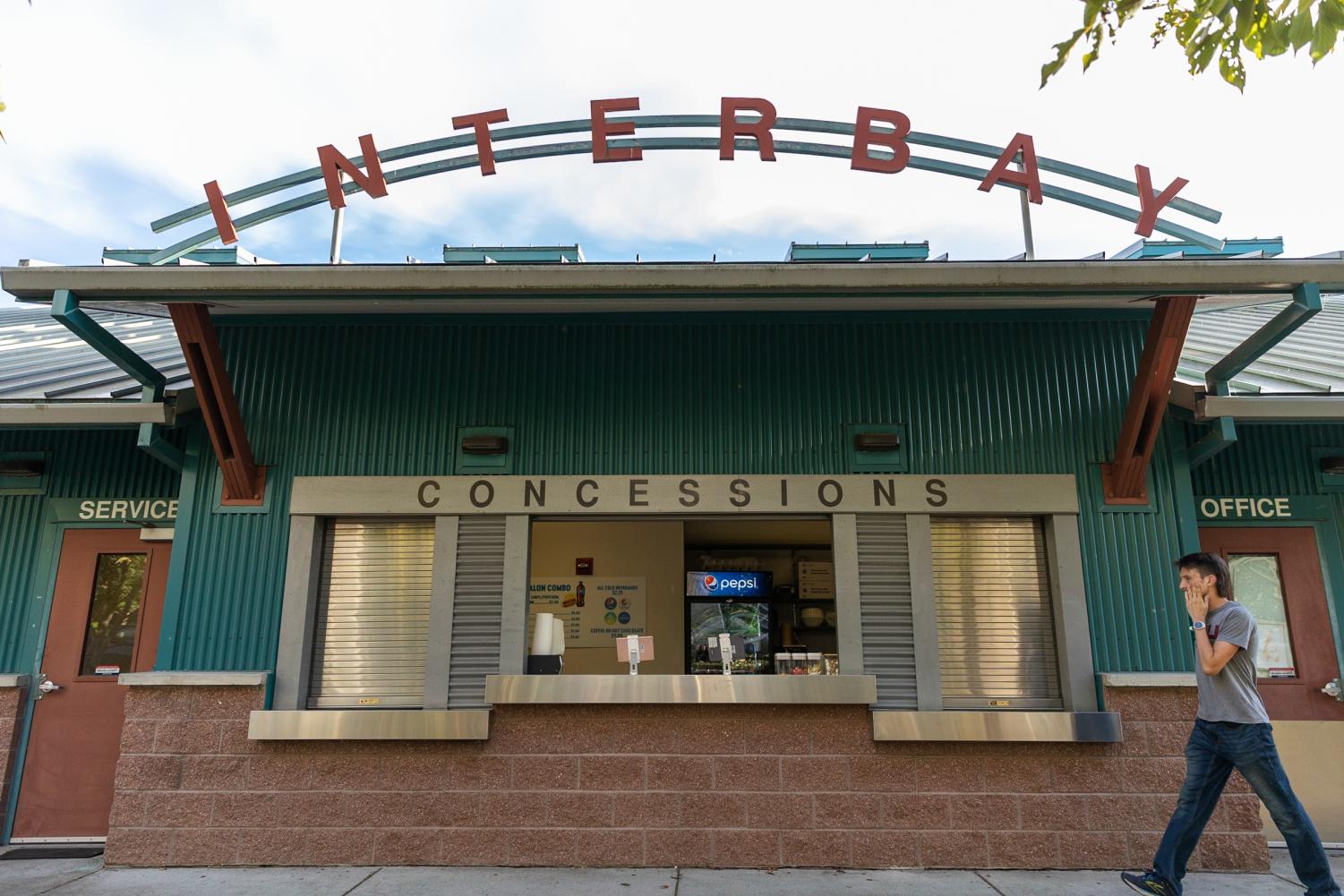
Interbay Stadium is home to Seattle Pacific University’s women’s and men’s soccer teams. The venue holds 900 people in addition to press boxes and clubhouses. But for the majority of SPU soccer history, Interbay Stadium did not exist.
Frank MacDonald, the sports information director at SPU from 1984 to 2007, explained that the team played its first three decades, starting in 1968, without a true home field. They used to play games at the old Queen Anne Bowl which used to be three blocks away from SPU on Third Avenue.
“Since the [men’s soccer] program began, they had been using off-site facilities. They had used Queen Anne Bowl really briefly in the early ‘70s, and, other than that, they were always renting and trying to find training and playing facilities all over the place,” MacDonald stated.
During this time, the team was always looking for a permanent home. Around a decade before the construction of Interbay, the team had looked into getting a facility associated with the Goodwill Games, which was supposed to be an A-political response to the controversies surrounding the Olympic games during the cold war.
“They had floated some architectural drawings of a swimming and diving complex [at Royal Brougham] and then a soccer field up at the bowl with parking underneath the field,” MacDonald explained. “So, some creative design work, but it just never pulled off. Goodwill Games put their diving center in Federal Way, and the whole thing never really materialized.”
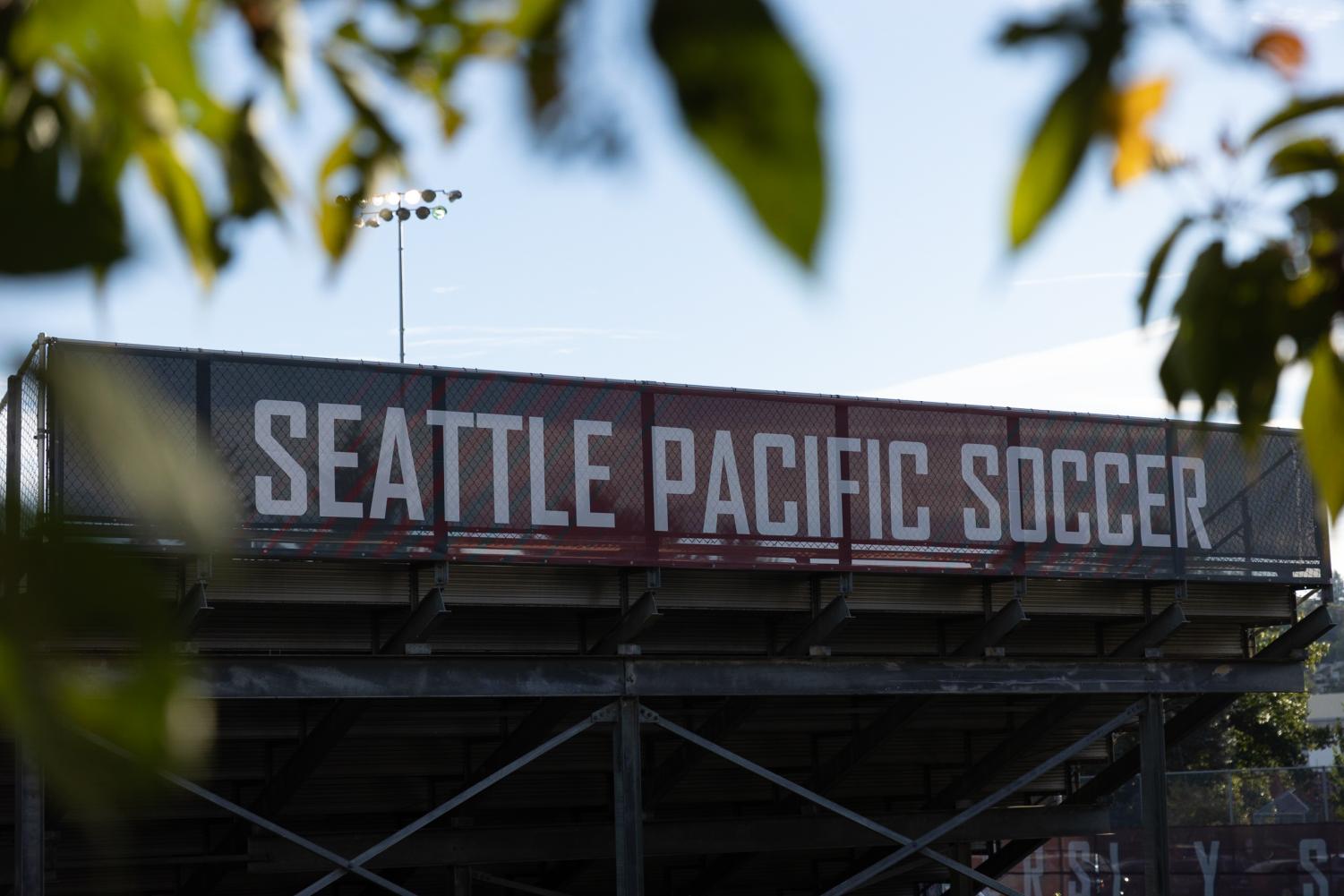
But the team’s efforts paid off in the end. They found a funding option, a site and a beneficial agreement for their stadium, and work began on Interbay.
“It was really when they found the financing through the Murdock Trust that made it possible. That, and the athletic director at the time, Keith Phillips, had a good relationship with the Seattle Park Board,” MacDonald said.
After these efforts, Interbay Stadium was quickly constructed in 1997 without much hassle. MacDonald said that he was surprised by the rapidity of the construction.
“I can just remember going over to Interbay and thinking: ‘How are they going to get this done in time to start a season?’ and yet they did,” MacDonald said.
But despite this, there were a few things that had to be ironed when the stadium first opened, such as the field itself.
“The playing surface was not perfect at the time,” MacDonald mentioned. “They put in a thing called SportGrass, which was a hybrid of natural turf with artificial turf under it, [with the idea] that if you took a deep enough divot [in the grass], you would have artificial turf under it, and so it wouldn’t be a muddy quagmire. But it just proved to play more like an artificial surface, and the ball skidded and bounced pretty high.”
MacDonald recalled some of the high-turnout games that were played at Interbay, where fans filled the seats beyond capacity and people found creative ways to watch the team play.
“I remember playing the University of Washington, back when we played them annually, and the crowd that that attracted, where the stands were overflowing, people were standing around the field, there were people up on the golf course bluff in cars, standing and looking down. I think we estimated [the crowd size] at about 1300,” he said.
The new stadium opened up new opportunities for the university’s athletics department, including the addition of a women’s soccer team and the hosting of this year’s national championships.
“Interbay has just unlocked a lot of possibilities, and I think that should be noted,” MacDonald said. “And I think the players that won five national championships before it was opened, without really having a home field, and all of the training that they had to do, and driving up to Redmond or Shoreline … just to go to practice … they probably didn’t think of it as a sacrifice at the time, but a lot of people had a much different experience in building the program as players and coaches prior to ‘97, and I would just like to give a tip-of-the-hat to them.”
















































































